
TARGET 120314
Glowing Blue Water
Called Bioluminescence
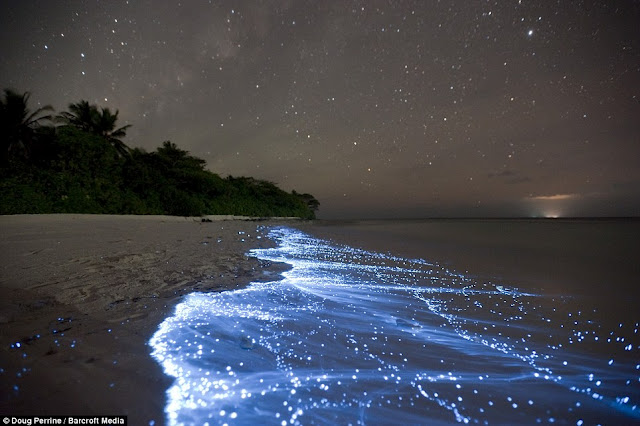
Bioluminescense is Greek for "Living Light"
Glowing blue water washes up on a beach in Vaadhoo, one of the Raa Atoll islands in the Maldives.
The blue glow is the result of a natural chemical reaction called bioluminescence. Bioluminescence in the waves is caused by countless numbers of micro-organisms are disturbed by wave action in wather that has an overabundance of oxygen (such as shallow water that is being churned into the air by wave action). Like fireflies or glow worms, the reaction is to produce light.
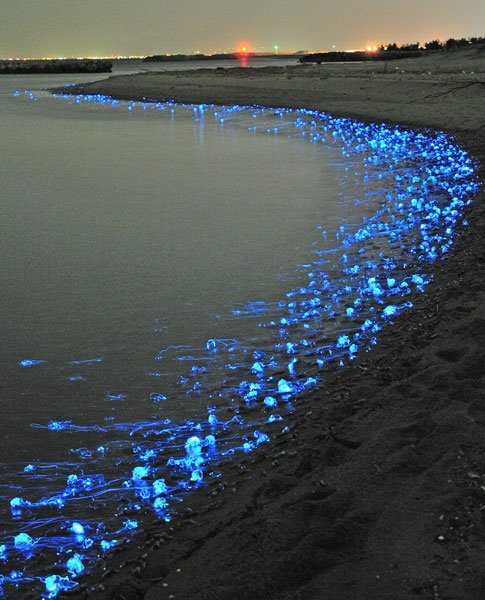
It may look like an alien life-form has washed up on a beach, but this striking neon blue effect is a completely natural phenomenon.
These incredible images were taken by photographer Doug Perrine during a visit to Vaadhoo, one of the Raa Atoll islands in the Maldives. They capture the bioluminescense on the night of an unusually bright bloom of the micro-organisms in the water.
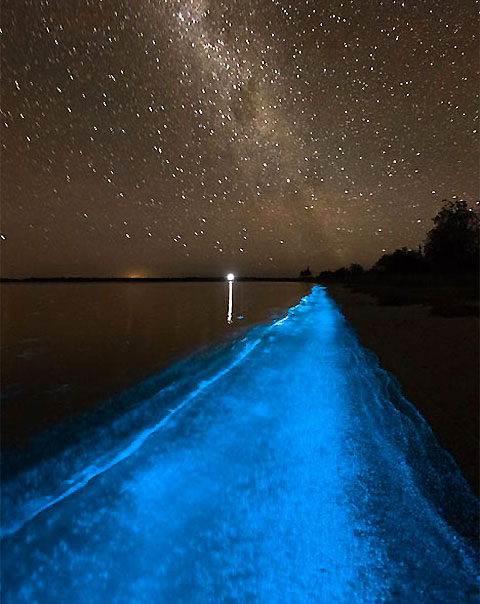
Mr Perrine's short time-lapse photo also shows the glow of a ship's lights on the horizon,
while the stars in the sky above provide a muted contrast to the blue aura on the beach.This is a rare sight on a shoreline. The phenomenon is more commonly seen at sea in the wake of ships that stir up the oxygen in the sea, causing the bioluminescent bacteria to form a glowing wake behind the ship.
Many undersea organisms ‘glow’, especially creatures that live at depths where light from the surface is less likely to penetrate.
The night-time glow shown here is a side-effect of blooming red algae, known as "red tide", which can turn entire beaches scarlet and murky during the day.
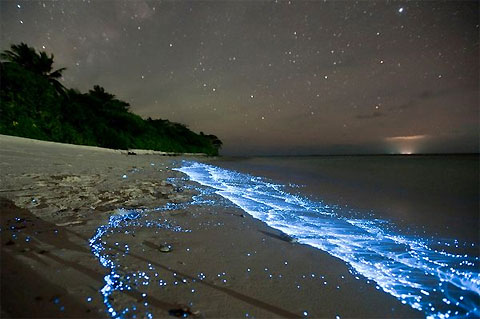
For those of you describing the target location, the cool night air and sea breezes are present, but the smell of decay often accompanies such an event shown here. As the micro-organisms react with the oxygen, the water becomes starved of oxygen, causing kelp and other sea plants, as well as fish to die.
By night, there is an increase in microscopic plankton called dynoflagellates, which glow in the dark when disturbed by currents or waves.
FEEDBACK MAP
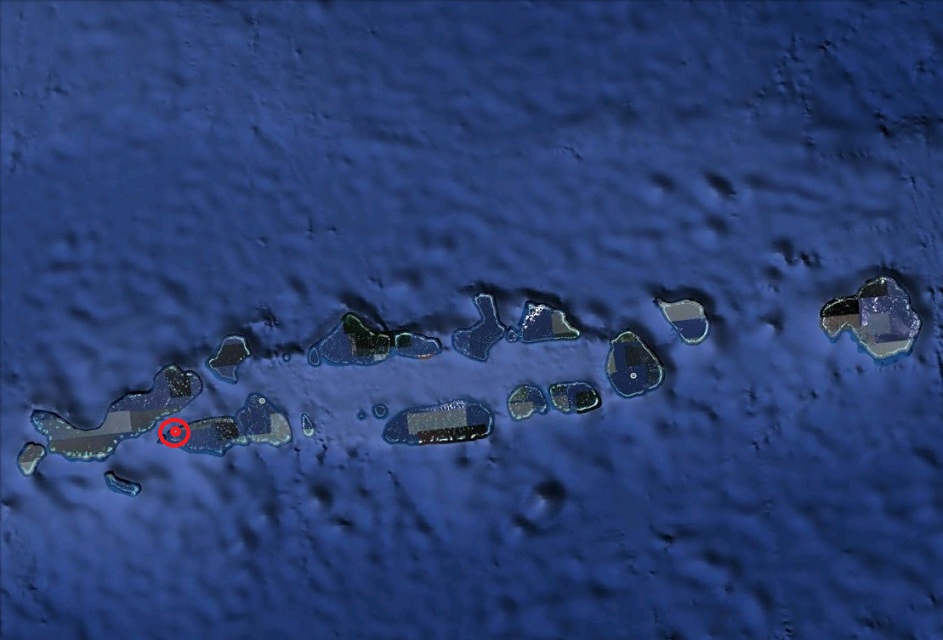
If you got perceptions for which this feedback was insufficient,
more feedback and further references can be found at the following web sites:
Wikipedia - bioluminescence
Wikipedia - red tide
Wikipedia - The Maldives
Many thanks to Ray McClure for finding, developing, and programming this target.